1) I came across a picture (see below) that shows an example of R+-Tree with some data in it. How it is possible that there is a space between the nodes "A" and "B"? As i understood, any new nodes are created by splitting procedure, so they are always must share some border between them, that is a result of applying a "splitting plane". All i can think up is that the picture is a result of complex series of adding-deleting-rebuilding operations...
2) Lets suppose we have an R+-Tree composed of nodes "A" and "B" (see picture 2) and we are trying to insert a green rectangle G in this R+-Tree. The G hits "A" and "B" nodes (so must be added in both). But how "A" and "B" nodes must be expanded? (G must entirely be covered by a nodes).

